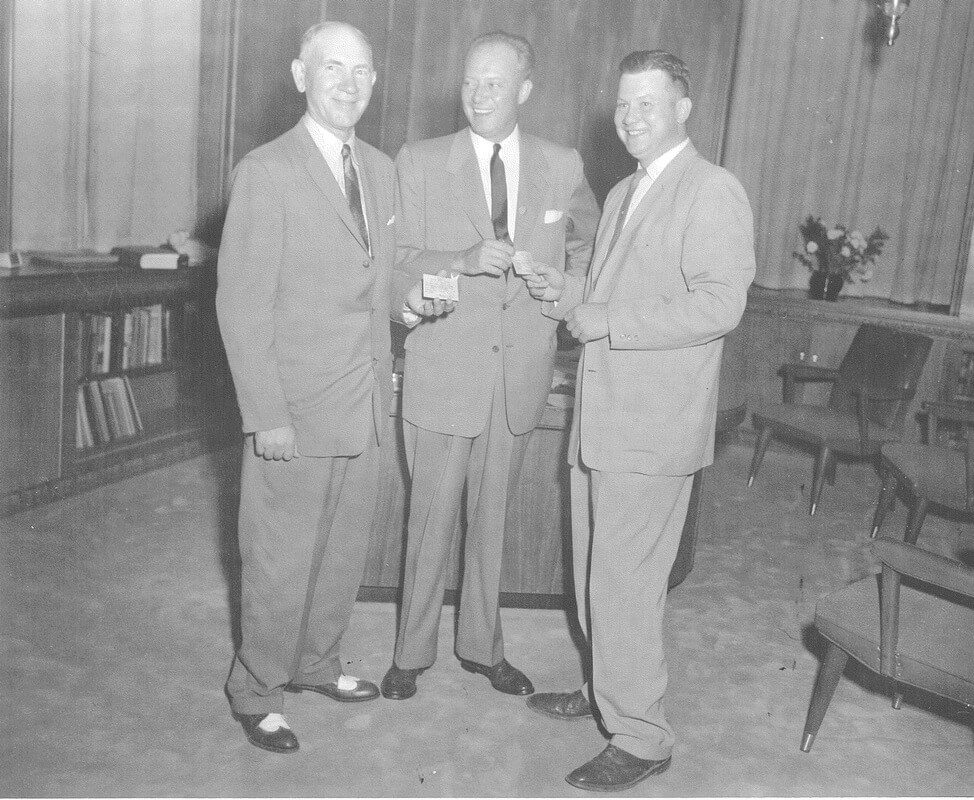History
Colorado's history is overflowing with colorful accounts of heated and sometimes violent conflicts over water. Water uses are diverse, the voices and opinions of its stakeholders are many, and the supply isn't all that plentiful. The Colorado Water Congress was founded to address these issues by bringing water users from throughout Colorado together in a not for profit organization dedicated to a smooth-functioning, nonpartisan structure.
Our History
In Washington, D.C., in 1957, Governor Steve McNichols headed a delegation of State officials and other representatives to present testimony in support of a bill authorizing the construction of a large reclamation project in Colorado. At the same hearing, evidence in support of amendments to this legislation was presented by representatives from an area affected by the project. The amendments were a completely different approach to the project than was being advocated by the State official representatives. The presentation of this divided front was extremely disturbing to Governor McNichols.
The Governor suggested, in order to find out what the people wanted him to do, that there should be called a meeting of all the water users of the State of Colorado to give instruction to the State government as to what the water users of the State wanted.
The Governor’s suggestion was discussed at a meeting of the Colorado Water Conservation Board in September 1957. The next month in a coffee shop, following a meeting of the Water Section of the Colorado Bar Association, several water lawyers were lamenting that it was unfortunate that there were so few opportunities for water lawyers to sit down and discuss our problems in an informal way. The idea was expressed that if we could do this, while we probably couldn’t settle any difficulties, we could at least have a better understanding of the other fellow’s position and his problems.
Mr. Barnard contacted a group of 19 outstanding water authorities and users of the State. The selection was made on the basis of those who had been most active and most bitterly engaged in the historic water conflicts in Colorado.The group began to list the things they felt the State should be doing that it was not doing at that time. It was found that there were many more items on which there was agreement that action should be taken by the State than there were items on which there was substantial disagreement.
After approval of the initial draft, a meeting of a larger group -- about 90 -- was called for January 11, 1958, to try to bring in representatives of other viewpoints to comment on the work of the original group. This meeting was successful.
With this compromise reached, the meeting of the “Colorado Water Congress” was called by the Governor and the Attorney General for June 4, 1958. At this meeting, the proposed platform was discussed and explained by leading water experts who had participated in its creation. The persons present were then divided into 19 area groups and the proposed platform was discussed. A representative was elected from each of the 19 groups and they gave a report to the general meeting.

